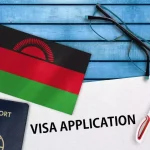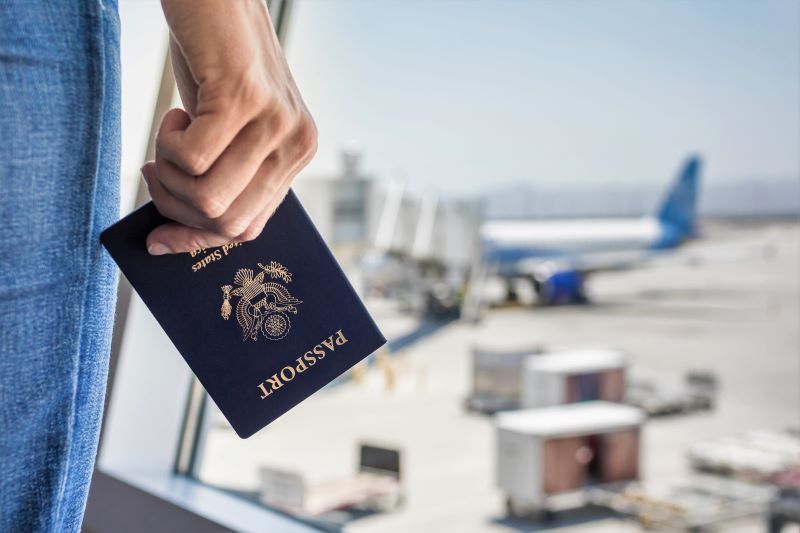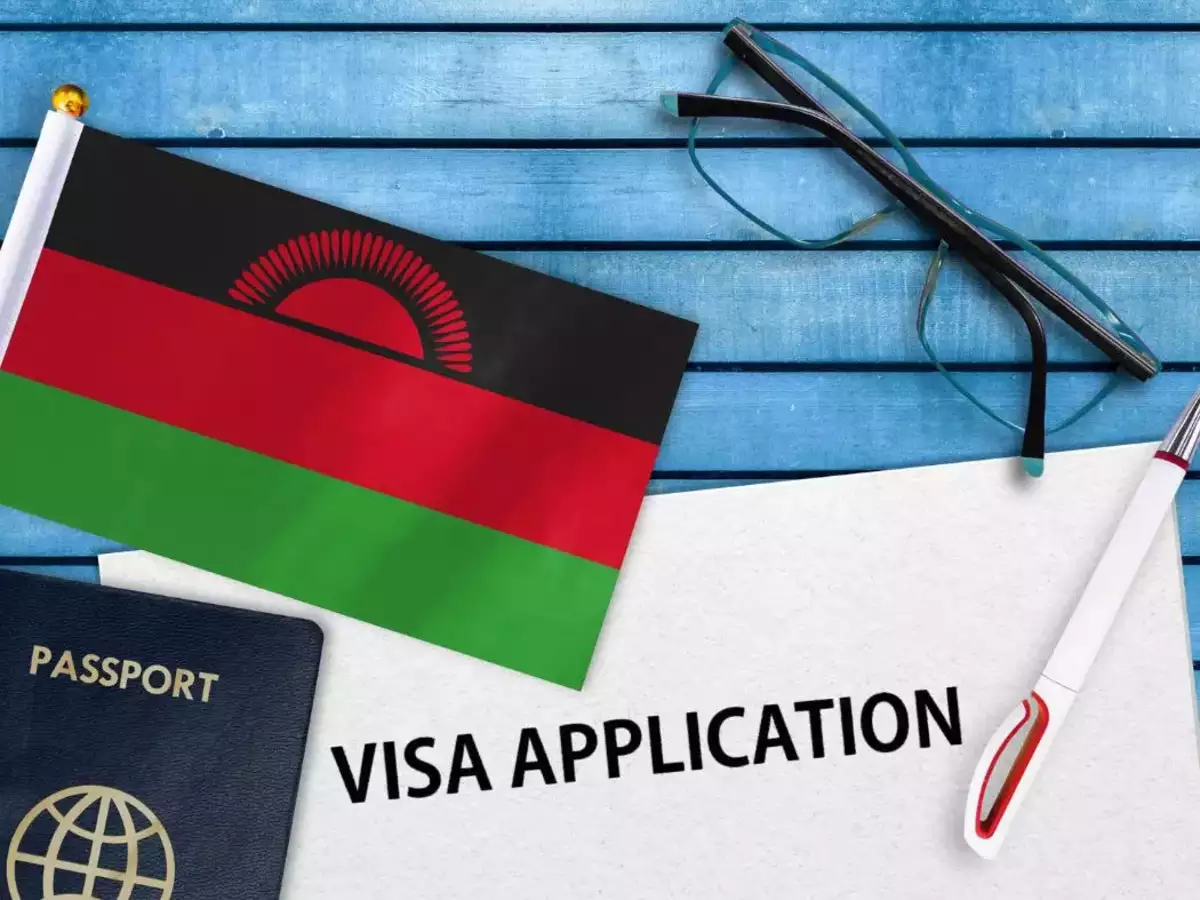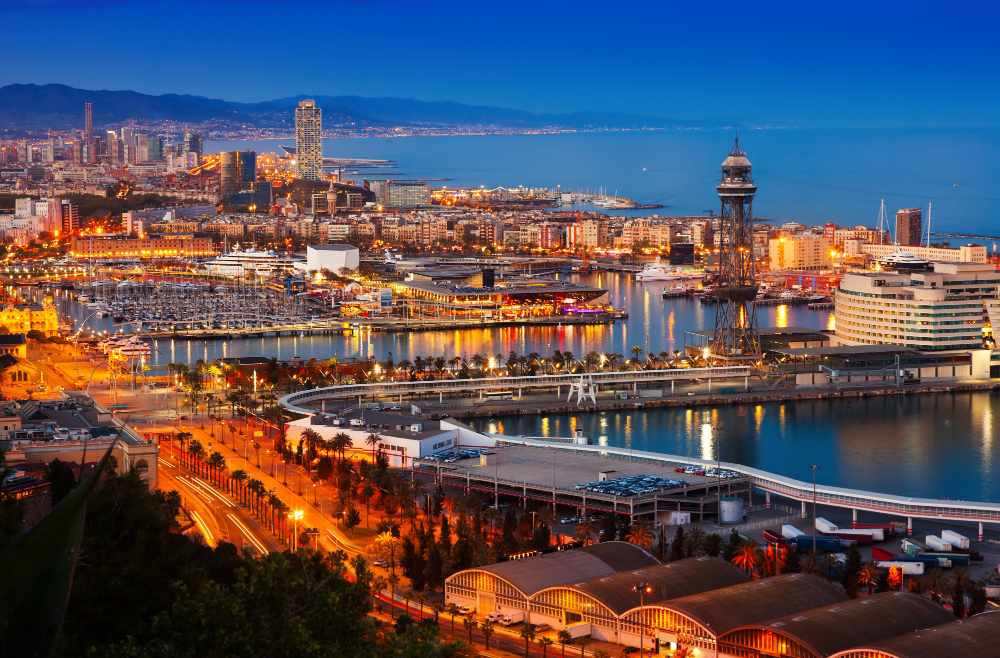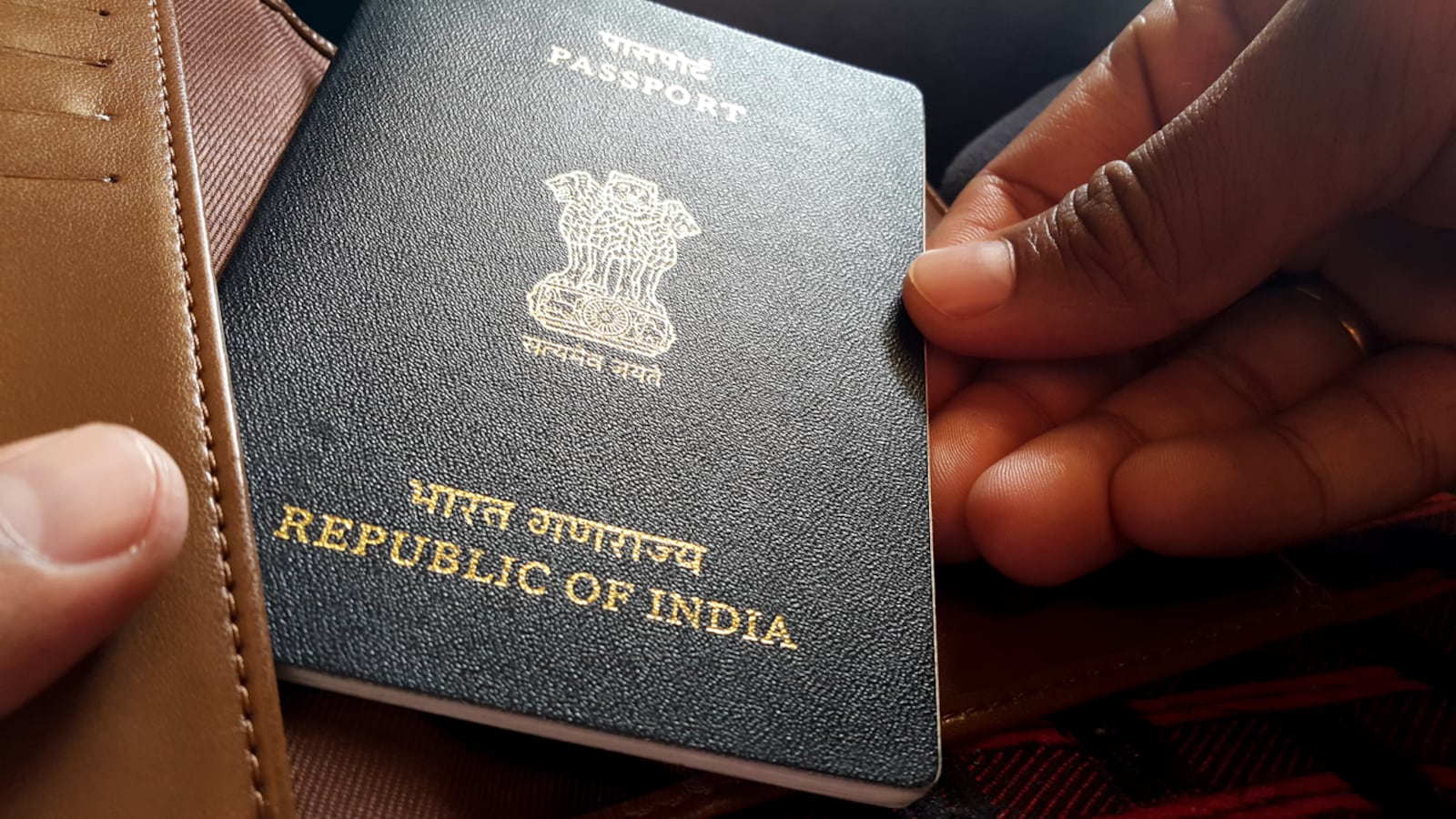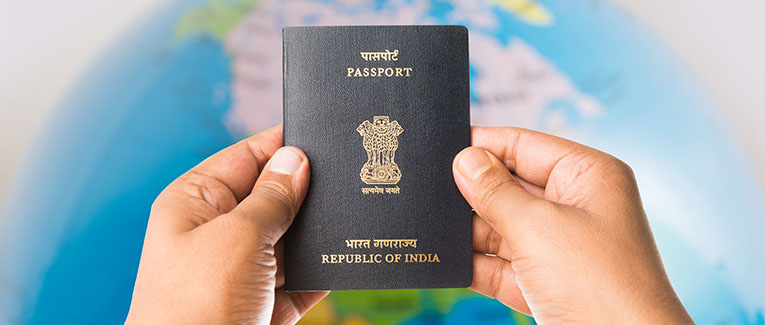Welcome to our blog, where we embark on a captivating journey through the majestic Agra Fort and unravel the mysteries of the Indian visa process! As you delve into this enchanting tale of history and bureaucracy, get ready to be awestruck by the architectural wonders of one of India’s most iconic landmarks. But that’s not all – we’ll also guide you through every step of obtaining your Indian visa, making your dream trip an effortless reality. So fasten your seatbelts and prepare for an unforgettable adventure that combines ancient grandeur with modern practicality. Let’s dive in! INDIAN VISA FOR VISITING AGRA
What is the Indian Visa process?
If you are visiting India, one of the most important things to know is the visa process. Here’s a breakdown of what you need and how to go about obtaining it.
The Indian Visa Process
To visit India, you will first need a tourist visa. This can be obtained from your nearest Indian embassy or consulate. You will need two passport-sized photos, as well as your visa application form (available at most Indian embassies and consulates). The cost of a tourist visa is usually around $30 USD.
Once you have your tourist visa, the next step is to obtain an onward air ticket. Airlines often require that you have a confirmed reservation and a copy of your passport information page to issue an onward ticket. It is also helpful to be aware of the current exchange rates in order to avoid any unfavorable charges at the airport upon departure from India. Airfare from India to many international destinations costs around $400 USD per person on average.
Once you have arrived in India and have collected your baggage, it is time to head over to the immigration counter for processing purposes. This may take anywhere from 15 minutes to an hour, depending on how busy the counter is at the time. At this point, you will be given a stamped paper receipt indicating that you have completed all necessary immigration procedures.
How to apply for an Indian Visa?
If you are visiting India for pleasure, and not on business, you will need to obtain an Indian visa. The visa application process can be a bit complicated, but the good news is that it’s relatively straightforward once you know how to go about it.
To apply for an Indian visa, you will first need to gather all of the required documents. These documents include your passport photos, your visa application form (available at most Indian embassies or consulate offices), and proof of your travel insurance. You should also bring any other paperwork that may be requested by the embassy or consulate, such as your flight ticket information or proof of funds. REFERENCE NAME IN INDIAN VISA
After gathering all of the required documentation, you’ll need to fill out the visa application form. This form is very comprehensive and will require detailed information about your intended visit to India. In particular, the form asks for details about your planned itinerary and what type of activities you plan on engaging in while in India. You will also need to list any assets that you plan on bringing with you into the country.
Once you have completed the form, make copies of it and bring them with you when you visit the embassy or consulate office. The consular officer will then review your application and may ask for additional documentation or clarification. If everything looks okay, the officer will usually issue you a visa stamp in your passport authorizing your entry into India. Note that some countries do not allow their citizens to visit India without a valid Indian visa first).
What is required to apply for an Indian Visa?
Indian nationals need a valid passport, a visa application form, and two passport-sized photos to apply for an Indian visa. The visa application fee is $60. Indian citizens may stay in the United States for 90 days without a visa if they have a valid travel document and are not inadmissible under any other grounds.
How long does it take to get an Indian Visa?
Visiting the iconic Agra Fort can be a fun and exciting experience, but it is important to understand the Indian visa process in order to make the most of your trip. The visa process for visitors to India can be lengthy and confusing, but there are a few things you can do to make the process as smooth as possible.
To start with, you will need to apply for a tourist visa at your local embassy or consulate in India. Your application will require detailed information about your travel plans and should include proof of your financial stability. You may also need to provide evidence of your health insurance coverage in case of illness or injury while in India.
After you have submitted your application, you will need to wait for a response from the embassy or consulate. Depending on the type of visa you have applied for, you may need to attend an interview or provide additional documentation. If all goes well, you will be given a visa stamped on your passport valid for up to six months. Keep in mind that some embassies and consulates may require additional documentation before issuing a visa, so be sure to check with them before applying.
Once you have received your visa, it is important to take care not to lose it! You should keep all of your documentation handy in case there are any complications during your visit. Remember that even if everything goes according to plan, there is always a chance that something could go wrong during the visa process – so don’t hesitate to call the
What are the requirements to visit Agra Fort?
To visit the Agra Fort, tourists must possess a valid travel visa issued by the Indian embassy or consulate in their home country. The visa requirements are typically quite simple, but can vary depending on your nationality. All visitors should have a passport that is valid at least six months beyond the expected date of departure from India. Additionally, all travelers should carry a copy of their visa application form and a reservation letter (if booking accommodation through an agency). For those staying in Agra for more than 72 hours, it is also advisable to carry proof of accommodation and sufficient funds to cover expenses while in the city.
What are the visa fees?
When planning a trip to India, one of the most important decisions you’ll have to make is whether or not to apply for a visa. The process of obtaining a visa can be complicated and costly, so it’s important to understand the different types of visas and their associated fees.
Most visitors to India require a visa in order to enter the country. There are several types of visas available, each with its own requirements and fees. The most common type of visa is the tourist visa, which allows visitors to stay in India for up to 30 days. In addition to requiring a valid passport, tourists must also provide evidence that they’re traveling for leisure purposes and will not be working while in India.
The cost of a tourist visa varies depending on your nationality and the type of visa you need. For example, Australian citizens can visit India without a visa for up to 60 days, but will need proof of citizenship (such as an Australian driver’s licence) in order to apply for one. British citizens need only provide their passport information when applying for a tourist visa, whereas US citizens must first obtain a US Visa application form from their consulate or embassy before filling it out and submitting it with their passport application.
Depending on your nationality and the length of your stay, other additional fees may also be required before you can apply for your Indian visa. For example, Australians travelling directly from Australia will need to pay AUD $85 (approximately Rs 4500) towards their visa fee.
Are there any other visa requirements for visiting Agra Fort?
Visiting the Agra Fort is a UNESCO World Heritage Site and one of the most popular tourist destinations in India. However, before visiting, it is important to understand the Indian visa process.
There are no other visa requirements for visiting Agra Fort other than those required by your country of origin. For example, if you are a British citizen, you will need a valid passport and visa to visit India. You will also need to have evidence of your funds and accommodation arrangements arranged in advance.
Conclusion
If you are planning on visiting India, then it is essential that you understand the visa process. India is a huge country and there are many different regions within it which all have their own unique visa requirements. While this guide should help you get started, ultimately it is important to speak to an immigration lawyer who can walk you through the whole process step-by-step. Remember, the sooner you can get your visa sorted out, the easier your travels will be!























